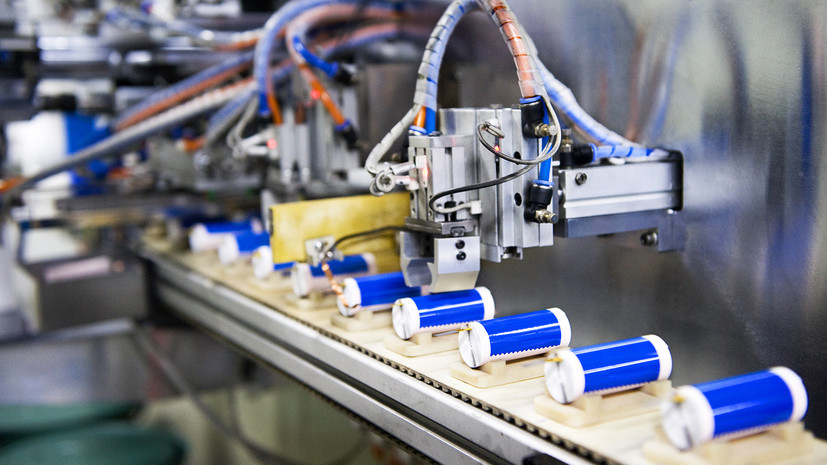An international team of scientists led by Professor Arkady Krasheninnikov, representing the National Research Technological University of MISiS, N.M. Institute of Biochemical Physics Emanuel (Institute of Chemical Physics and Chemistry, Russian Academy of Sciences) and the Helmholtz Center Dresden-Rossendorf (Germany) and the Max Planak Institute (Germany) found that instead of expensive and rare lithium, batteries stored in a special way can be used in batteries. This was reported in the journal Nano Energy.
The basis of their work, scientists took a previous study by German experts who found that the battery capacity will increase significantly if lithium atoms are placed in three layers between two layers of graphene.
“With a three-layer stacking of lithium atoms in bigrafen, the capacity was 828 mAh / g (milliampere-hour per gram of material), which is more than two times higher than traditional graphite anodes (372 mAh / g),” the first author of the work told RT , Researcher, Laboratory of Inorganic Nanomaterials, NUST MISiS Ilya Chepkasov
An international group of scientists using computer simulation has found that this approach is applicable to the creation of similar structures in which lithium can be replaced by sodium. Lithium, which is used in modern batteries, is a rare and expensive metal, the researchers say. The cost of the main working cation of the sodium-ion battery is approximately 100 times lower than that of the lithium-ion battery, since the chemical properties of sodium allow the use of light and inexpensive aluminum instead of copper. According to the researchers, sodium is the cheapest and most common alkali metal. Thus, sodium-based batteries will be significantly cheaper than lithium-ion batteries.
Recall that the inventors of lithium-based batteries were awarded the Nobel Prize in Chemistry in 2019.
Simulation results showed that the energy consumption of the new sodium-based structure is comparable to the capacity of a conventional traditional graphite anode in lithium-ion batteries: about 335 mAh / g versus 372 mAh / g for lithium.
“From our modeling it follows that with an increase in the number of sodium layers, the stability of such structures increases,” concluded another author of the work, Zakhar Popov, senior research fellow at NUST MISIS and the Institute of Bioorganic Chemistry, Russian Academy of Sciences.
According to Ilya Chepkasov, colleagues from Germany are already conducting experiments on the practical creation of multilayer structures from sodium and graphene. If successful, it will be possible to talk about creating a new generation of batteries that will exceed existing ones in capacity and cost several times cheaper, the researchers note.

